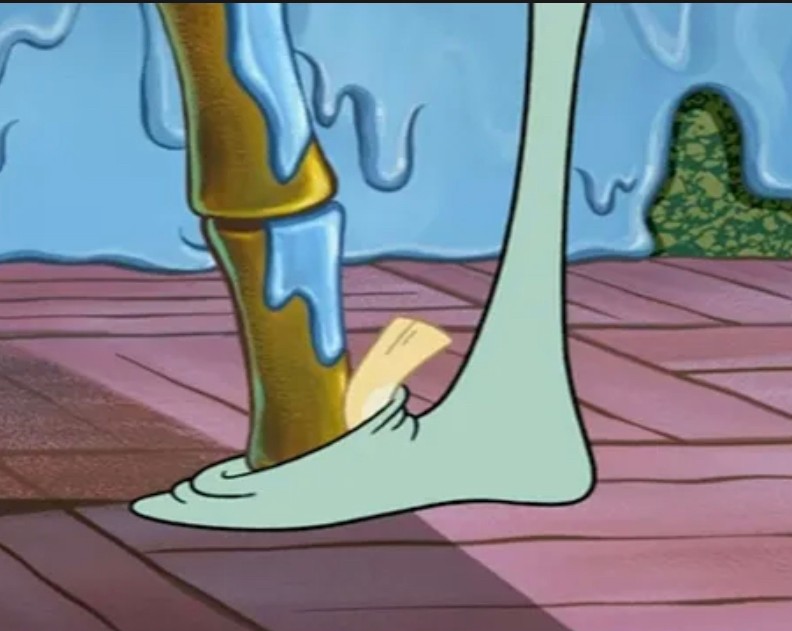-
bulk; equal forces
Molecules in the____ phases experience _______ from all directions
-
interface; same; neighboring
Molecules at _________ experience high attractive forces from molecules of the ______ kind and lower attractive forces from molecules of the _______ phase.
-
Surfactants
-substances that possess both hydrophilic and lipophilic parts
-also known as amphiphiles
-
move to surface or interface of liquid; lower surface tension
How do surfactants work?
-
Na & K salts of straight-chain fatty acids/ soaps, sulfonates, sulfates
What are some anionic surfactants?
-
quaternary ammonium salts, antibacterial agents, benzalkonium chloride
What are some cationic surfactants?
-
soaps
Cationic surfactants are incompatible with ________.
-
Non-ionic surfactants
-not electrolytes and do not have a charge
-not affected by pH and presence of salts.
-
Hydrophile - Lipophile Balance (HLB)
-balance between hydrophilic and lipophilic groups determines the utility of a surfactant
-
more lipophilic
Smaller HLB number = ?
-
lipophilic; oil
Surfactants with HLB values <9 are ______ and forms water in ___ emulsions.
-
hydrophilic
Higher HLB number =
-
Surface tension
the force per unit length that must be applied to the surface so as to counterbalance the net inward pull.
-
dynes/cm
What is the unit for surface tension?
-
when contact angle is 0 or very small
When do we use Capillary rise method?
-
Capillary rise
Which surface tension method cannot be used to measure interfacial tension?
- Du Nouy Ring Method
- Capillary Rise
- Wilhemy Plate Method
-
cannot; not wetted
When liquids __________ spread over surface a solid, the solid is ______.
-
the liquid must displace air surrounding solid particles and spread over the surface
Why does talc or charcoal powder float when sprinkled on water, despite it having a lower density than water?
-
Contact angle
-parameter used to measure the tendency of a liquid to wet a solid surface.
-
poor wetting
Large contact angle =
-
complete
Contact angle of 0 signifies _________ wetting.
partial
poor
complete
-
Wetting agents
- surfactants that assist in wetting by lowering contact angle
-reduce contact angle between solid and liquid
-
reduce contact angle by reducing both liquid surface tension and interfacial tension
How do wetting agents work?
-
Emulsion
two-phase system in which one liquid is dispersed throughout another liquid in the form of small droplets
-
Coalescence
-merging of small droplets into larger droplets with eventual complete separation of phases.
-
true
Coalescence involves larger droplets that can not be re-emulsified by simple shaking. T or F?
-
Suspensions
-liquid formulations that consist of solid particles dispersed throughout a liquid phase in which the particles are not soluble.
-
Suspensions
hard settlement of particles at the bottom of the bottle which can not be resuspended
-
pH & pka
Ionization of functional groups is a function of _____ & _______.
-
Stern layer
-layer that rigidly attached to the surface of the solid particle.
-
Gouy-Chapman layer
-layer that is not rigidly attached to surface of solid particles.
-
stern layer; gouy-chapman layer; zero
Electrical potential drops rapidly across ________ and less rapid across _____ and ultimately reaches _________.
-
double layer
What will cause 2 particles to repel each other when they are coming into close proximity of one another?
-
Zeta potential
- the magnitude of repulsive forces between particles
-
adding electrolytes
How can we measure and change zeta potential?
-
Defloculated system
-smaller, lighter, settles slowly, stronger repulsion, cakes form.
-
Floculated system
-large, heavier, settles faster, weak attraction between particles, easy redispersion.


